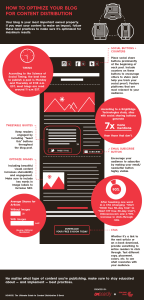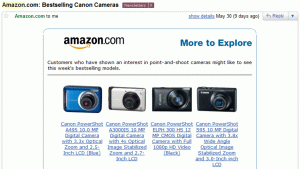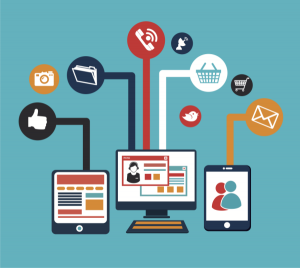
With so many social media channels out there these days, prospects are bombarded with different brands. There is a lot of noise in the digital marketplace. No matter how unique your product or service may be, you can bet that there are competitors out there with the same or similar offers. How do you stand out among the masses? A key factor in strengthening your brand is authenticity. Cohn & Wolfe, a global public relations agency concluded in a recent study that “authenticity in business beats product utility and innovation” and more specifically “63% of global consumers would buy from a company they consider to be authentic over and above competitors.”
What exactly do we mean by brand authenticity and how do we achieve it? Digitalintelligencetoday.com defines it as “The extent to which consumers perceive a brand to be faithful toward itself, true to its consumers, motivated by caring and responsibility, and able to support consumers in being true to themselves.” Here are some useful ways to start immediately bolstering the authenticity of your brand.
Define Your Personality
Brand personality is defined as a set of human characteristics that are attributed to a brand name. There are five main types of brand personality: excitement, sincerity, ruggedness, competence and sophistication. Purchasers are most likely to buy a product or a service from a brand with personality similar to their own. You want to take a good look at your buyer’s persona and determine what type of personality speaks best to them. Keep that personality in mind in your communications on social media posts, emails and other content that you push out to your prospects. If you want to build authenticity, it’s important to properly create and tell your brand story.
Be Unpredictable
There are tons of automation tools out there for social media posting. There are email autoresponders that you can schedule months in advance. These tools are great for efficiency, but if your two tweets happen the same time each day, or your emails land in your prospect’s inbox at the same time on the same day of the week, it can make your message look like it’s being driven by a robot. When you want to share a message that you feel is important, put it out there outside of a normal schedule. This helps the message seem as though it’s something new and immediate that must be shared right now. It lends authenticity to the message because it’s not just something that you are using as “filler” in your posting schedule.
Be A Story Teller
Forbes contributor Susan Gunelius tells us that while brand storytelling isn’t a new concept “the opportunities to tell stories as part of direct and indirect brand marketing initiatives have become a strategic priority.” There is a reason politicians, professional speakers and effective leaders use stories to share their message: they work on an emotional level that statistics or banal talking points cannot. Every good story has a beginning, a middle and an end. The beginning of your brand’s story should introduce a problem. It should describe how your company was formed to solve it. The middle is the solution your company has created. Why and how did you come up with that solution? As for the end, everybody loves a happy ending. The ending of your story should describe the success of your solution.
Final Thoughts
Authenticity is an x-factor that can propel your brand to the top of your prospect’s mind when it becomes time for them to make a decision. Prospects will most often go with a solution provided by a company that they trust over price or convenience. Authenticity is key in building trust with your prospective clients. Using these concepts will strengthen your brand’s authenticity and help to build a level of trust and familiarity with your prospects that leads them through your sales funnel.
Business & Finance Articles on Business 2 Community(26)







